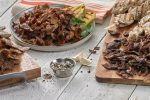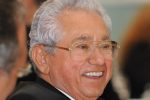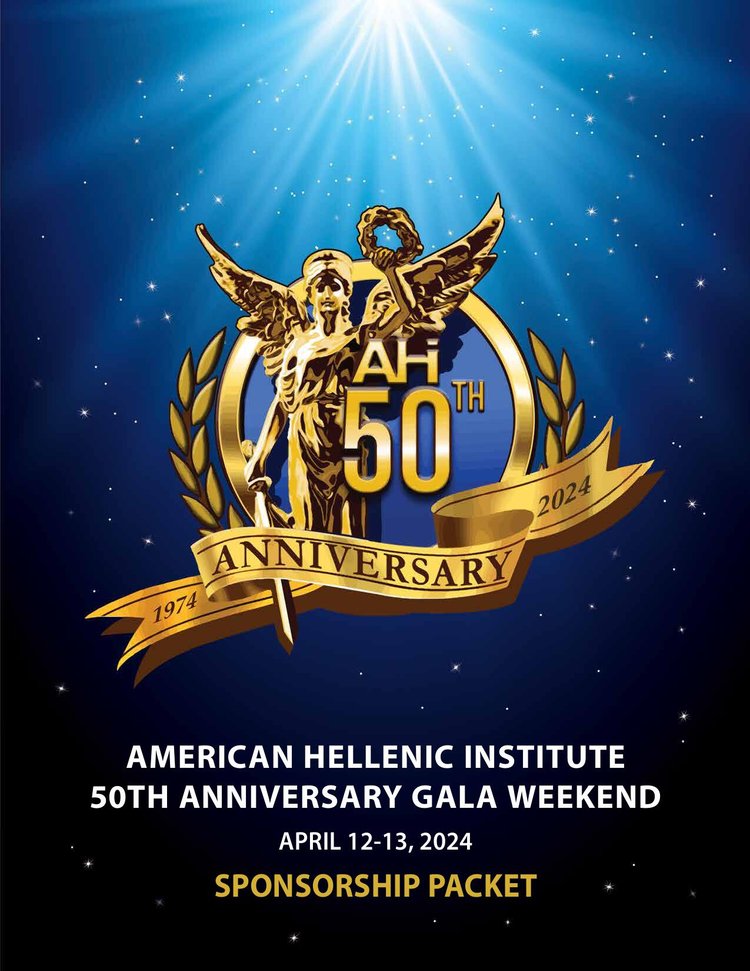Cheers to Higher Liquor Sales and Profits
Posted by estiator at 27 March, at 23 : 40 PM Print
GENERATING significant profits from the sale of alcoholic beverages is one of the keys to running a successful business – there’s no secret there. However, the devil is in the details… What are the best ways to increase beverage sales, and how does the power of Information help in generating those sales?
To begin with, it’s critical that we understand, monitor and manage to a few metrics: our sales mix (food to alcohol), liquor sales per person (both as a unit and per server), second beverage ratio, and “time to table”.
In a well-run business, data drives decisions. Emotions are great, general observations are fantastic. But both emotions and general observations are liars. I’ll give an example: Nick the owner of Tunic’s Downtowne Grille (a fictitious place, don’t look it up!) carries Brand A vodka at his bar. He thinks it’s the best vodka he’s ever had. His son, however, is telling him that he should take it off and replace it with Brand B vodka. The night before he submits his new drink menu to the printer, Nick observes a bar customer ordering two glasses of Brand A. That customer also orders an oyster appetizer, lobster dinner and a dessert. The bill is quite high. Nick decides he’s going to leave Brand A vodka on the menu, arguing that people who drink Brand A spend more money than the average. He comes to this conclusion because he likes the stuff himself, and because he observed one customer’s spending habits. He’s acting on emotions and observation. His son, in turn, prints a Product Mix report from the back office POS and notes that Tunics has sold just six glasses of Brand A vodka in the last two months. It’s pretty obvious which is the right decision.
So, now that we agree that data drives decisions, let’s find how data can help to drive sales of alcoholic beverages. The first metric we need to consider is our sales mix. What percentage of our business is food sales vs. liquor sales (in restaurants with significant wine sales, the sale of bottled wines should be in its own category as high-priced bottles of wine will skew the data). An ideal target for this metric is 70/30. One Applebee’s franchise group challenges its managers to achieve a liquor mix of 21% with the majority of the locations in its portfolio hovering around the 17% mark. Maggie McFly’s, a much smaller regional chain in the northeast, uses the larger target but is cautious to manage it down if it grows higher than 30%. Why? Because when a business crosses that 30% threshold it is in danger of becoming a bar and chasing away its dining room business. (Finding that perfect balance is important!) Every restaurant operator knows that alcohol generates more profit than food. Liquor cost is typically in the 18-21% range, while food cost ranges from 23% to 35%, depending on the concept and the menu. Factor in how much time, effort and labor it takes to produce a meal (how many prep hours, how much chef time, line cook labor, server cost, clean-up cost) compared to how much time, effort and labor it takes to produce a beverage (bartender, server, done) and it’s understandable how managing to the 30% target means more money to the bottom line! Trying to decide where to concentrate your marketing efforts? If your liquor sales are hovering around 20% and you’ve got empty seats at your bar, focus on building those sales: print and distribute happy hour fliers, run server contests to sell sangrias (which have a notoriously low liquor cost and high price), add another bartender on busy nights to increase throughput and provide additional service.
And this brings us to our next metric: Liquor Sales per Person. Without spending too much time, let’s just understand this metric as the amount of liquor sales divided by the guest counts. The actual target for this metric is best determined by each restaurant’s manager. If the average price of a drink is $6.00 then a good target is probably around $7.00 per person, which allows for children and soda drinkers while targeting drinkers to have a second drink. If your bar business is booming, then this number will naturally be higher. You can also play with this metric to achieve your desired Sales Mix. For example, if your average ticket is $30 and you want a 70/30 mix, then your target LSP is going to be $9 and change. Monitoring an individual server’s Liquor Sales per Person also helps to identify your stronger servers. A server that has a low LSP should not be working in the bar area or patio. And servers with high LSPs should be given more hours. The data tells it simply: keep your profit generators in places where they are positioned to optimize your profits!
The key to having a higher LSP is selling that second drink! I read a study a year or two back (don’t ask me to remember the name of the study) that indicated that 70% of restaurant goers that order a drink desire a second drink but that only 25% of those individuals actually order a second drink. There are two reasons why they never order a second drink – because the server does not offer them a second drink at the right time, and because the first drink takes too long to arrive at the table. And these are the last two metrics we discussed at the beginning of this column.
Think about how much money a restaurant is losing simply because it is not giving the customer what they want. It’s like this: a couple walks into a restaurant with fifty dollars to hand to the business but only spends $38. In my mind the restaurant just lost twelve bucks! Walk through your dining room right now and look at how many people are seated and how many have a drink in front of them. Take that number (let’s say there are 35 people in the restaurant and twenty are drinking for argument’s sake) and calculate how many want a second drink using the figure supplied in the study (14). From that number calculate how many will NOT order a second drink because it’s not offered at the right time or because the first drink took too long (10.5). Multiply that number by your average drink price of $6.00 and the amount of money you lost out on is $63. Let’s repeat this. You just lost $63 for every 35 people that sit in your restaurant. If you do 100 covers, that’s about $180 in lost revenue. If your liquor cost is 20% that’s $144 that did NOT flow to your bottom line.
So here is a quick tip that every server should learn (during orientation and reinforced on a daily basis): The best time to sell a second drink is when a glass is ¼ to 1/3 full and always before the main course arrives. Why? Psychologically, when a glass is less than ¼ full the guest’s mind often tells them that they are finished drinking so the chances of selling a second drink become lower. In that ¼ to 1/3 range, the guest’s mind tells them that there is not enough in the glass to satisfy their “thirst”. More than 1/3 full and the guest’s mind tells them that there is still enough left to drink.
Finally, it’s critical to manage the time-to-table metric. Make sure you have enough people on to produce and deliver the drinks. In my restaurants, I utilize hosts and food runners to help run drinks (as long as they are of legal age) so that drinks get to the tables as quickly as possible. If service tickets at the bar are taking too long to produce, add another bartender. Don’t lose out on drink sales and don’t lose out on profits. Cheers!
Constantine N. Kolitsas is a restaurant consultant living in the New York tri-state area. His company, CNK Consulting, has helped numerous businesses improve their operations, develop their concepts, and increase profitability. For more information visit cnk-consulting.com or call 1-888-869-6068.
Related Posts
-

23 February at 11 : 27 AM 0
Grecian Delight | Kronos Foods launch integrated website
-

22 May at 13 : 55 PM 0
Θλίψη για τον θάνατο του επιχειρηματία, ευεργέτη και αγωνιστή Ευριπίδη Κόντου
















